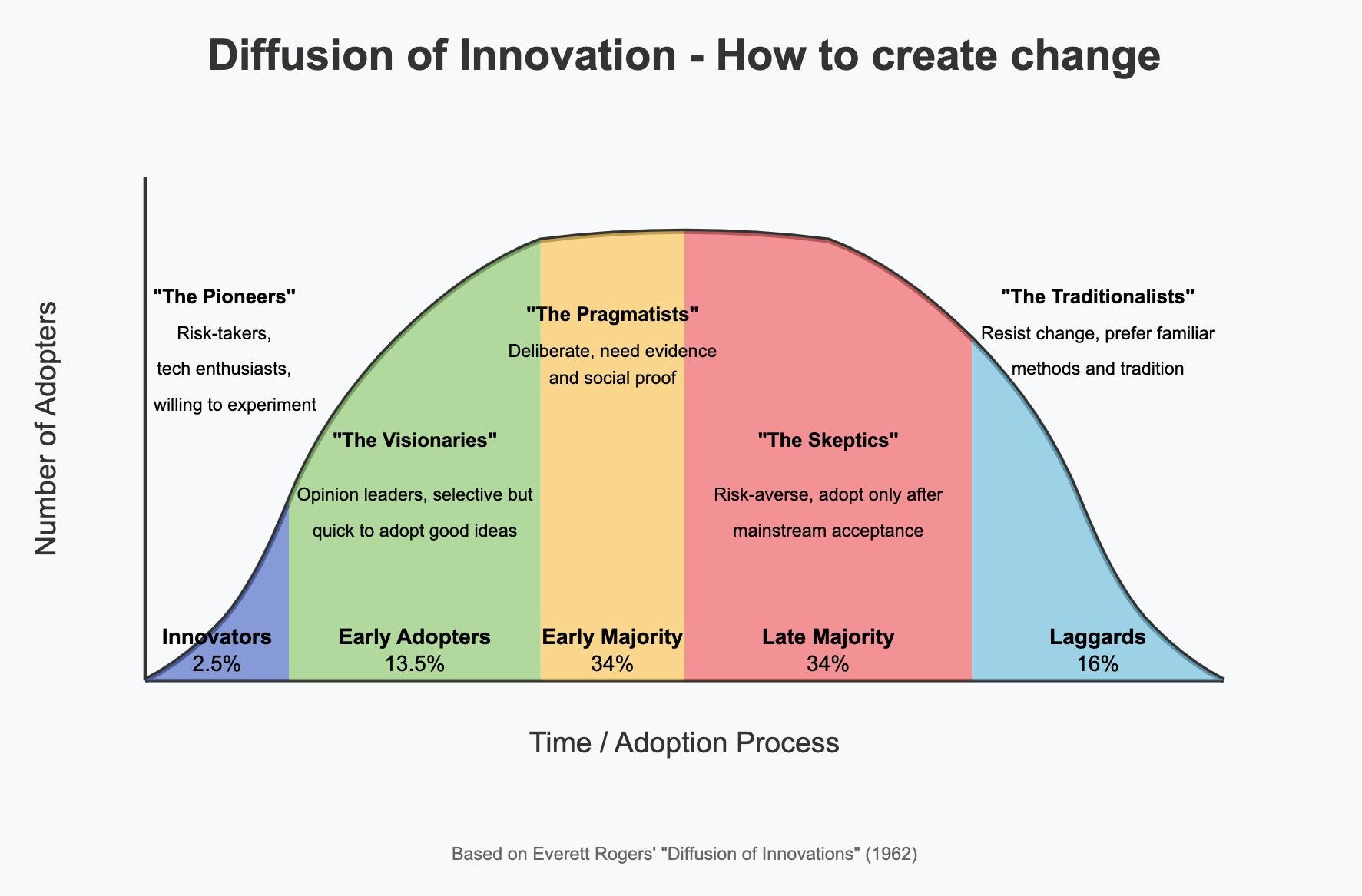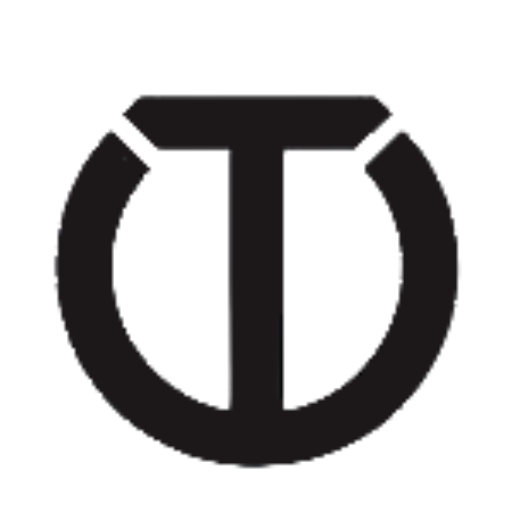
-

Even sitcoms offer valuable insights into building real-life relationships. Take the Two and a Half Men episode “Big Flappy Bastards,” where Charlie Harper struggles to care for his young nephew, Jake. Instead of setting firm boundaries, Charlie initially tries to be the “cool uncle” and reason with Jake but when that approach fails, Charlie resorts…
—
inPosts -

Beyond Compliance: Building Strategies That People Want to Follow
Why do so many well-planned strategies struggle when it’s time to put them into action? Too often, execution breaks down because we overlook the real challenges faced by the people doing the work every day. When teams don’t follow a new direction, it’s tempting to see it as resistance or disengagement. But more often, it’s…
—
inPosts -

Why Keeping It Short Makes You a Smarter Communicator (and How to Do It)
During an effective speaking course, I faced a surprising challenge: I couldn’t stop talking within the 2-minute limit because my thoughts flowed like a mind map, and I felt every idea was essential. I believed I had to share all these thoughts and connect the dots at the end, so being cut short seemed to…
—
inPosts -

Effective Feedback Starts with Understanding How People Process Information
Effective feedback is more than just the message-it’s about how you deliver it. Tailoring your feedback to match the recipient’s communication style can build trust, reduce resistance, and drive better results. Whether someone is analytical and data-driven or relational and people-oriented, understanding their unique way of processing information makes your feedback more impactful. Discover practical…
—
inPosts -

The Power Of Early Adopters: Igniting Innovation And Momentum
Real change starts with the early adopters. We just need the first believer. Every new idea enters the world to the sound of silence. Sometimes it’s met with thoughtful curiosity, a few encouraging nods, or even healthy questions. Then something exciting happens; someone leans in. Their eyes light up with understanding. They’re energized. They ask…
—
inPosts -

On Giving Sincere and Honest Appreciation: Seeing and Valuing Others
There is a saying among the Igbo people: “eto ogiri osi we isi” (praise the fermented locust bean soup spice and it will ooze a strong smell/scent/aroma) and another, “eto dike na nke omere, omekwa ozo” (praise the hero for what they have done, so that they may do more or they will do it…
—
inPosts -
This is Love
This is love: To lay down one’s life for a friend, figuratively or not; Even greater, to lay down one’s life for a stranger; To know what it takes to bring about a new life and choose to do it anyway; To know what it takes to raise a helpless one and choose to do…
—
inPosts -

Is Crying the Best Form of Emotional Expression?
Coming soon…
—
inPodcast -
The Hierarchy of Emotional Expression – Why Does Crying Get Such a Bad Rep?
Whether it’s at the end of a sad movie, due to the death of a loved one, or because of a recent heartbreak, crying is a universal human emotion that we have all experienced at one point or another. However, crying is not limited to pain. It is not uncommon for a parent to shed…
—
inArticles -
Why Do We Listen to Others?
Let’s say you know the outcome of something before doing it based on prior experiences or data. Someone comes along claiming that is untrue and, for whatever reason, you decide to believe them. It turns out to be exactly what you thought initially. What can be said about you in this situation? All this mental…
—
inPosts
